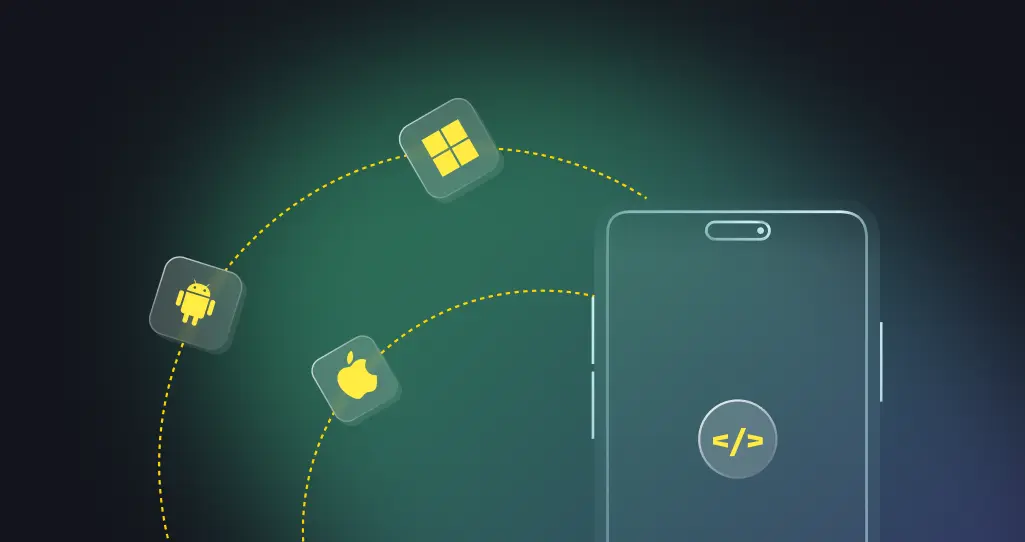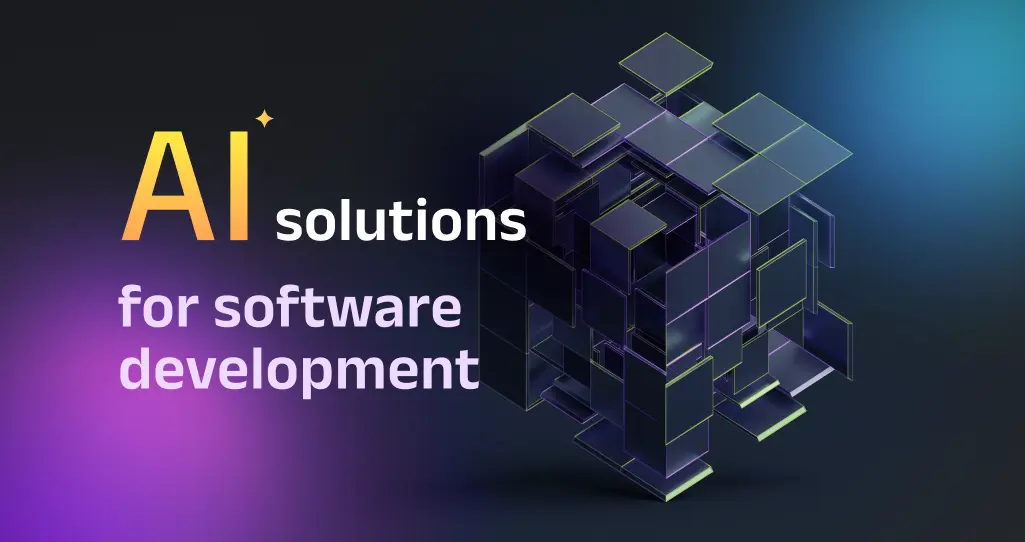Backend Development Services
We specialize in creating robust, scalable, and secure server-side solutions for businesses. From on-premise setups to cloud-based and serverless architectures, our teams build backend and underlying infrastructure that remains scalable and highly available, supporting your growth.
Our backend development services
01
Custom backend development
Our developers will lay the foundations for your web or mobile app, build the system architecture with your full control over the development process.
02
Enterprise backend solutions
03
Cloud backend solutions
We provide a range of services offloading the management on cloud deployment, migration, and security measures.
04
Backend API integration services
Whether you’re incorporating payment gateways, social media platforms, or third-party services, we guarantee a seamless and effective integration process.
05
Backend testing
We meticulously evaluate server-side components of your website, application, or system to ensure they meet quality standards, performance expectations, and functional requirements.
06
Backend audit and consulting
With Timspark’s comprehensive assessment of the existing server-side components
and strategic guidance, you will be able to optimize security and efficiency of your backend layer and infrastructure.
Whatever your technical needs are, we’ve got you covered
Code quality and architecture
We ensure your systems are built to the highest standards. This becomes possible due to a range of services with the focus on your needs, like code review, architecture design, refactoring and optimization, CI/CD.
Security and data management
Rest assured that your backend infrastructure is fortified against potential threats. We perform thorough security assessment, imploy secure authentication and encryption techniques to make it happen.
Testing, deployment, maintenance
We’re committed to providing solutions that go beyond just building robust infrastructure. Therefore your backend solutions are comprehensively tested, seamlessly deployed, and meticulously maintained for peak performance and reliability.
Version control and collaboration
We foster transparency and a culture of continuous improvement. Therefore version control and collaboration tools are at the basis of our development process.
Backend technologies for top gear solutions
Languages
Rust
C#
Frameworks
Spring
Django
Express.js
ASP.NET Core
Laravel
Flask
Symphony
Databases
PostgreSQL
MySQL
MariaDB
MongoDB
ElasticSearch
Cassandra
Redis
Firebase
Firestore
DynamoDB
As a backend development company, we see our mission in empowering businesses with innovative backend architectures that drive efficiency, reliability, and growth.

Alex Velesnitski
Chief Technology Officer

Alex Velesnitski
Chief Technology Officer
Industries and domains
With our industry expertise, we ensure that our solutions are not only technically robust but also aligned with your business goals, regulatory requirements, and user expectations.
Security
• Cloud security
• AI-enhanced security solutions
• Telemedicine apps
• Hospital/patient apps
• IoMT
• Remote patient monitoring
• Hospital inventory management
eCommerce & retail
• Online shopping
• Enterprise marketplaces
• NFT marketplaces
• Content management systems
• Inventory management platforms
• Trade platforms
Enterprise & manufacturing
• Content management systems
• Enterprise resource planning
• Predictive maintenance
• Process automation software
IoT software development
• Custom IoT software development
• IoT analytics
• IoT hardware solutions
• IoT app management and support
• IoT security services
• IoT consulting
Transportation & logistics
• Fleet management systems
• Warehouse management
• Vehicle maintenance
• Remote vehicle monitoring
• Transport platforms
Our partnership models
Staff augmentation
Staff augmentation eliminates the overhead with sourcing, recruiting, training, and retaining talent. It offers flexibility and immediate access to top-tier talent, aiding in achieving short and long-term technology objectives.
Dedicated teams
Our skilled professionals offer exclusive service, focusing solely on your project.
We closely collaborate with you to evaluate your needs, build the team with corresponding skills, and facilitate their smooth integration into your organization.
End-to-end software outsourcing
A full-fledged team backed up by a seasoned project manager will take care of your project throughout its complete lifecycle, from initial concept to final deployment. You will get a fully functional solution while saving resources on managing the project internally.
Why choose Timspark
Focus on security
Diverse backend solutions
Whether you need to improve your existing systems or create an application from the ground up, our team of software engineers and technology specialists do their best to deliver effective solutions.
Flexible engagement models
Whether you need dedicated teams or staff augmentation, you will be able to choose the most suitable approach and see your goals implemented.
Engineering excellence
Seasoned engineers are driven not just to meet, but to exceed expectations with solutions that are both elegant and robust.
Insights into backend development services

Explore how cross-platform development tackles the challenge of creating and maintaining a product for various platforms with distinct code bases.

Explore the benefits and drawbacks of custom AI solutions versus ready-to-use AI, helping businesses decide which best fits their needs.
FAQ
Do you still have questions about our backend services? Here are the most frequent questions and answers.
What is your strategy for optimizing backend performance and efficiency?
Besides backend development itself, our teams regularly perform improvements — eliminate any unnecessary steps or redundant code, speed up data processing on the server-side, and implement scalable solutions for handling higher loads without losing in performance.
How do you ensure the security of backend systems and data?
We apply best practices, including encryption, regular data backup, data erasure, masking sensitive data, and multifactor authentication to ensure effective data management. Also, we use frameworks with highly secured features, to secure the data from breaches.
What are the potential challenges or risks associated with backend development projects?
Backend development services are not limited to development, but encompass a range of challenges. As applications grow and often from the start, developers need to manage the database, handle loads without compromising performance, and implement security and privacy measures. An increasing need to incorporate AI and ML into applications should also be taken into account. Our teams of seasoned professionals are skilled and galvanized to resolve all the challenges that arise, ensuring robust and efficient backend solutions.
What are the stages of software development staff augmentation?
Whether big or small, all our development teams follow version control best practices. For backend development projects, they apply an assortment of tools and practice, from hosting services like GitHub and Bitbucket to project management tools like Slack and Confluence. The whole set of measures ensures smooth collaboration and efficient management of project versions.
Need assistance with a software project?
Whether you're looking for expert developers or a full-service development solution, we're here to help. Get in touch!
What happens next?
An expert contacts you after thoroughly reviewing your requirements.
If necessary, we provide you with a Non-Disclosure Agreement (NDA) and initiate the Discovery phase, ensuring maximum confidentiality and alignment on project objectives.
We provide a project proposal, including estimates, scope analysis, CVs, and more.
Meet our experts!

Viktoryia Markevich
Relationship manager

Samuel Krendel
Head of partnerships
